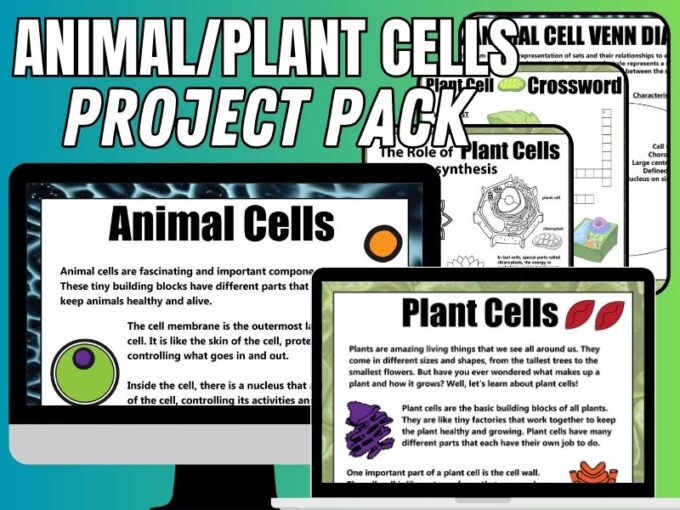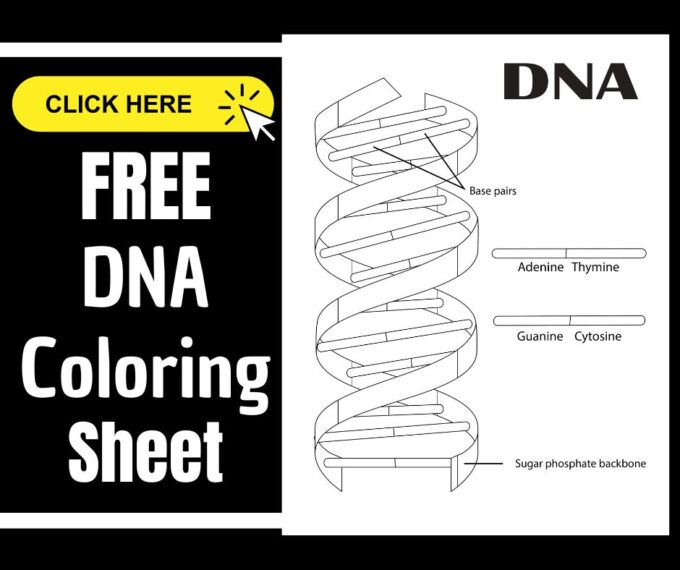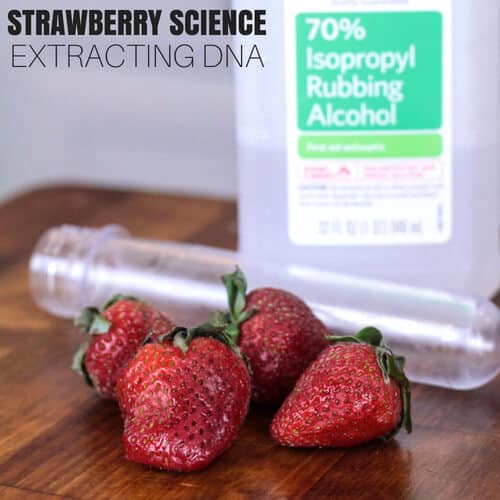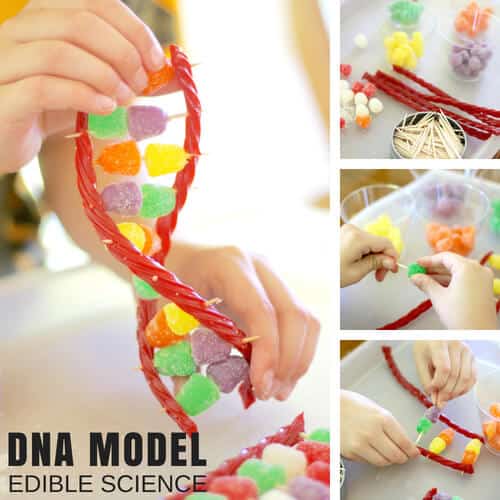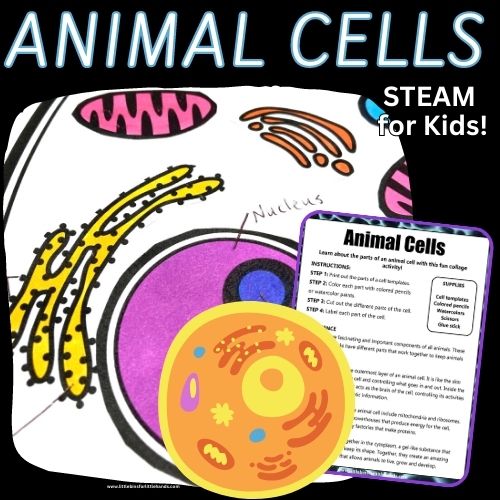Our bodies are made up of trillions of different cells which contain hugely important molecules called DNA. Learn all about the double helix structure of DNA with this fun and free printable DNA coloring worksheet! Color in the parts that make up DNA, as you explore our amazing genetic code. Pair this activity with this hands-on strawberry DNA extraction lab.

Explore DNA For Spring Science
Spring is the perfect time of year for science! There are so many fun themes to explore. For this time of the year, our favorite topics to teach kids about spring include rainbows, geology, Earth Day, plants and animals!
Get ready to add this fun DNA coloring activity, to your lesson plans this season. Our science activities and experiments are designed with you, the parent or teacher, in mind!
Easy to set up, quick to do, most activities will take only 15 to 30 minutes to complete and are heaps of fun! Plus, our supplies lists usually contain only free or cheap materials you can source from home!
Learn about the history of DNA, and what it is made of! While you’re at it, make sure to check out these other fun spring science activities.
Watch the Video!
What Is DNA?
DNA carries the genetic information in the cells of all living organisms so that they can grow and reproduce. It is also what makes us unique because every person’s genetic information is different.
Essentially, DNA is a polymer made up of two polynucleotide chains that coil around each other to form a double helix shape. A polymer is simply a substance which has a molecular structure formed from a large number of similar units bonded together. Slime is another example of a polymer.
DNA stands for deoxyribonucleic acid, found within the cells’ nucleus. DNA’s function is to tell the cells what to do, which is why the nucleus is called the cell’s control center. Learn more about animal cells.
DNA is made of repeating units called nucleotides. The 3 parts of a nucleotide are a phosphate group, a 5 carbon sugar group and a nitrogen base. It looks like a DNA ladder!
The sides of the DNA ladder are formed from alternating, a sugar group and a phosphate group. Deoxyribose is the name of the sugar.
In between the sides of sugar and phosphate are the nitrogenous bases. The four types of nitrogenous bases are adenine, thymine, guanine and cytosine. Adenine and thymine are always paired together. Cytosine and guanine are always paired together.
The order of these bases is what determines the DNA’s instructions, or genetic code.
Get Your Printable DNA Coloring Worksheet
Use the worksheet (free download below) to learn, label, and apply the parts of an animal cell. Students can learn about the double helix shape of DNA, as they color in the base pairs in the DNA.
Click here to get your FREE printable DNA double helix worksheet!
When Was DNA Discovered?
DNA was first discovered in 1869, but its role in genetic inheritance was not demonstrated until 1943. Friedrich Miescher discovered DNA in white blood cells that he had extracted from the pus in surgical bandages.
Then in 1953, two scientists, James Watson and Francis Crick, established that the structure of DNA was a double helix. Watson and Crick based their model largely on the research of British physicists Rosalind Franklin and Maurice Wilkins.
DNA Replication
The process of copying DNA to produce two identical DNA molecules is called DNA replication. Replication is important because, whenever a cell divides, the two new cells must contain the same genetic information, or DNA as the original cell. The replication process relies on the fact that each strand of DNA can serve as a template for duplication.
Add On These Fun Science Labs
Here are some more hands-on learning activities that would be wonderful additions to include with this DNA coloring activity!
Strawberry DNA Extraction
See DNA up close with this fun DNA extraction lab using strawberries. Get the strawberry DNA strands to release from their cells and bind together into a format that’s visible with the naked eye.
Candy DNA Model
Make an easy 3D model of DNA using different colored candy to represent the base pairs. Assign colors to your base pairs and make them into a double helix shape. Kids love science you can eat!
More Fun Science Activities
We have so much fun with hands-on science experiments for kids of all ages! We’ve put together a few separate resources for different age groups, but remember that many experiments will cross over and can be used at different levels.
Science projects include using the scientific method, developing hypotheses, exploring variables, creating different tests, and writing conclusions from analyzing data.
Printable Animal Cell Pack
Want to explore animal and plant cells even more? Our project pack features extra activities and worksheets, plus answer keys to learning all about cells. Grab your printable pack here and get started today!
